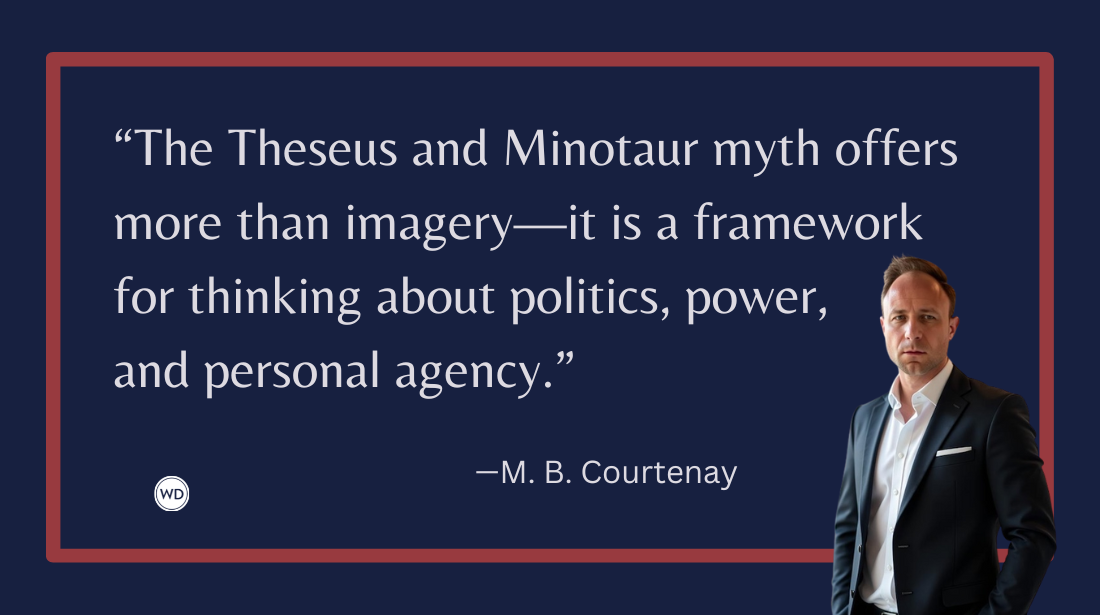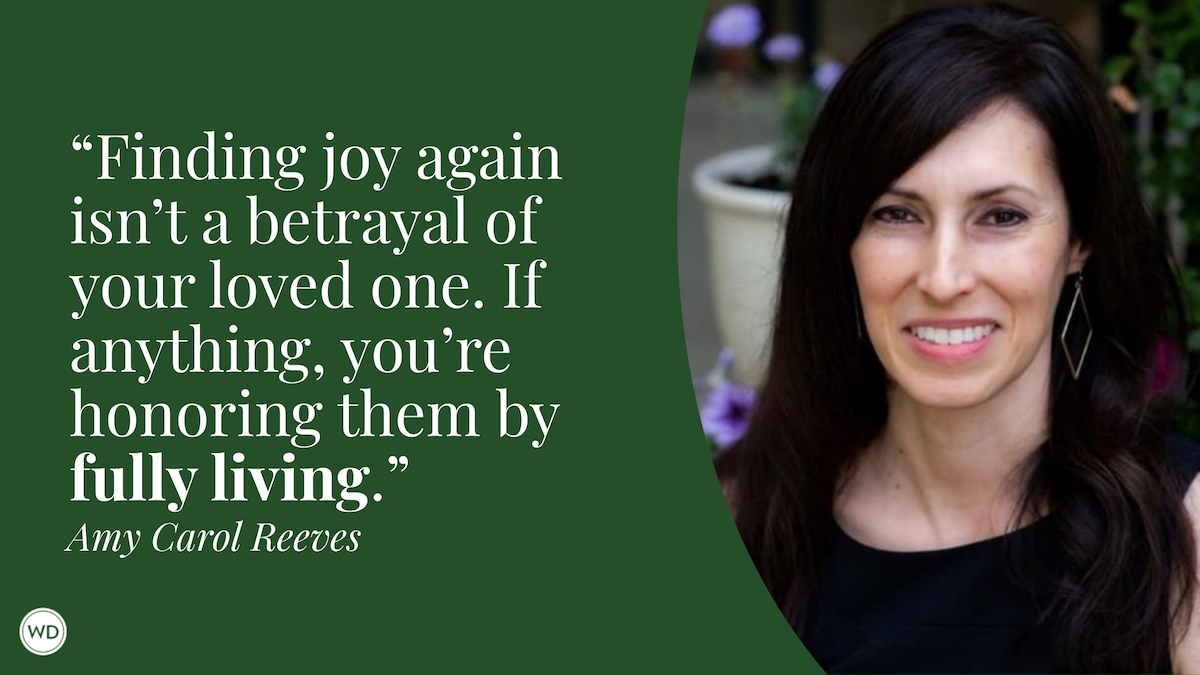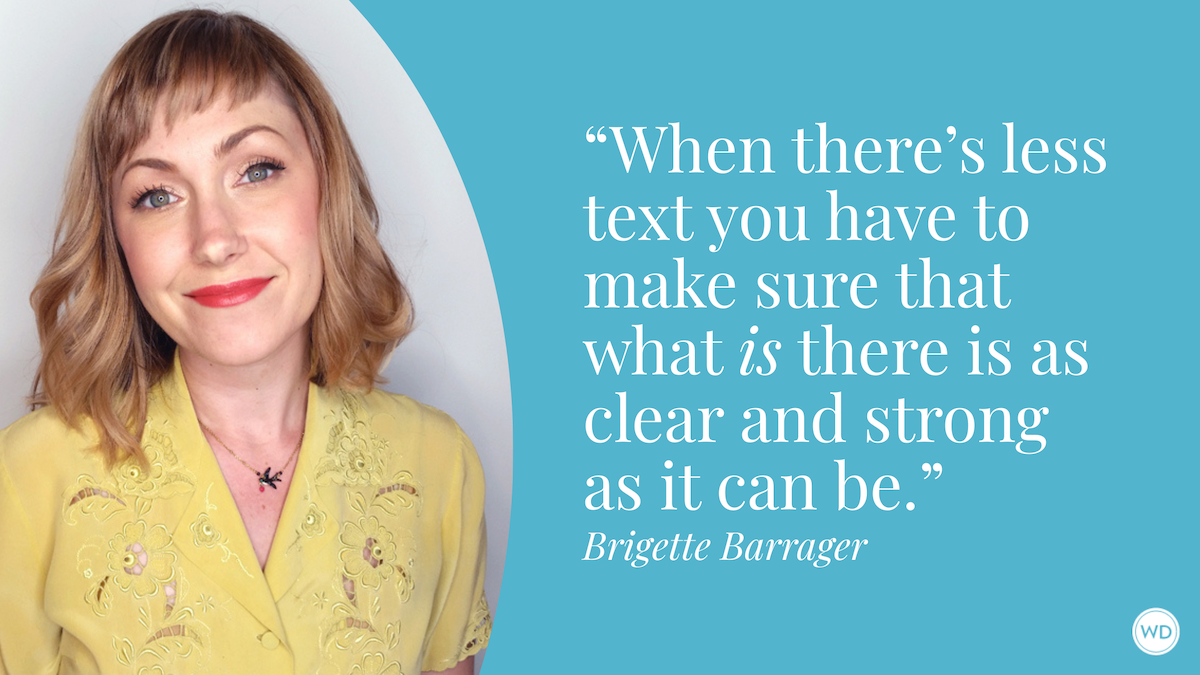Yes, Frank Spells His Name With a PH: How to Capture Characters Quickly
Award-winning author Diane Wald shares her technique (and multiple examples) for capturing compelling characters quickly.
Imagine you’re driving home from a crowded party with a companion. The two of you got separated sometime during the evening, and now you’re chatting about some of the new people you met there. What’s the first thing you talk about when describing a new person? Probably some unique personal characteristic or quirk.
If you say, for example, “I met this fascinating woman from Morocco with big crazy green eyes who told me she kept a flock of peacocks in her front yard,” your friend is more likely to say, “Oh—I think I might have seen her” than if you’d said, “I met a woman from another country who likes birds.” Too vague, right? Your friend wouldn’t have much to go on.
I treat my characters the same way. The Bayrose Files, my latest book, is a novella, so creating memorable characters quickly is even more urgent than usual. In one of the early chapters, for example, the protagonist, a young woman named Violet, attends a group lecture, where she meets a number of people who will be important in her life for months to come. She needs to fix their names and identities in her mind. Here’s where she meets one of the men in the group.
I took a seat at the second table and soon a giant of a man with a well-groomed black beard joined me. He wore an old army jacket with several military badges on it and a white shirt with a striped tie. It must have been some kind of statement, but I’m not sure of what. He was another fiction writer, I soon found out, named Phrank. “With a PH.” Ah.
Obviously, Violet is very observant, and she’s already developing a judgment about Phrank. She describes another group member here.
She was very thin and rather delicate looking, probably a bit older than me. Her hair, ear-length and very curly, was colorless—I mean to say it might have been light brown or it might have been grey or it might have been transparent. In the extreme sunlight, you just couldn’t tell. She was smiling, and I smiled back. She proffered a thin white hand. “Cordelia Hight,” she said. Her hand fluttered into and out of mine briefly, like a confused moth.
And here’s how she describes her first meeting with a very important character who will later change her life.
He appeared to be about forty, and was a tad portly, but in that comfortable way some men have that doesn’t bother me. He wore prescription-looking sunglasses, a red baseball cap, a dazzlingly white T-shirt, and khaki Bermudas. The shirt was a dead giveaway that he was married; left to their own devices, men never bleach anything.
This kind of observation allows you to suggest things about the observer as well. Like her judgment about Phrank, Violet’s comment about the bleached shirt gives us insight into her own character. This kind of description will live in a reader’s mind, so you don’t have to keep reminding them who your character is; you can just add to what they already know. In another novel of mine, My Famous Brain, the narrator describes meeting his paramour’s landlady.
I turned and peered into the dimness. There in one corner, in one of the chubby chairs, sat a plump elderly woman with a huge, orange, longhaired cat on her lap. She wore, of course, a crocheted shawl and slippers, and had little wire spectacles on her nose. A pair of canes rested against her footstool. She did not wear a lace cap, but she may as well have. “Madam,” I said, “Forgive me. I did not see you there.”
Fun, right? Creating memorable characters like this is one of my favorite parts of writing. If you listen to the way people around you talk, I think you’ll notice that this technique is very popular. “Uncle Jimmy got a haircut, but insisted the barber leave his ‘60s sideburns alone,” you might hear your mother say.
Or a friend tells you, “I just met my new boss, but I think I might have a problem understanding him because he tends to speak in a whisper.” Or your boyfriend might comment (to your consternation) after meeting a colleague of yours, “Wow, that Anita looks exactly like Audrey Hepburn, don’t you think?”
You get the picture right away, in each case. Individuals, not cardboard cut-outs. And that’s what all of us want in our stories!
Check out Diane Wald's The Bayrose Files here:
(WD uses affiliate links)









